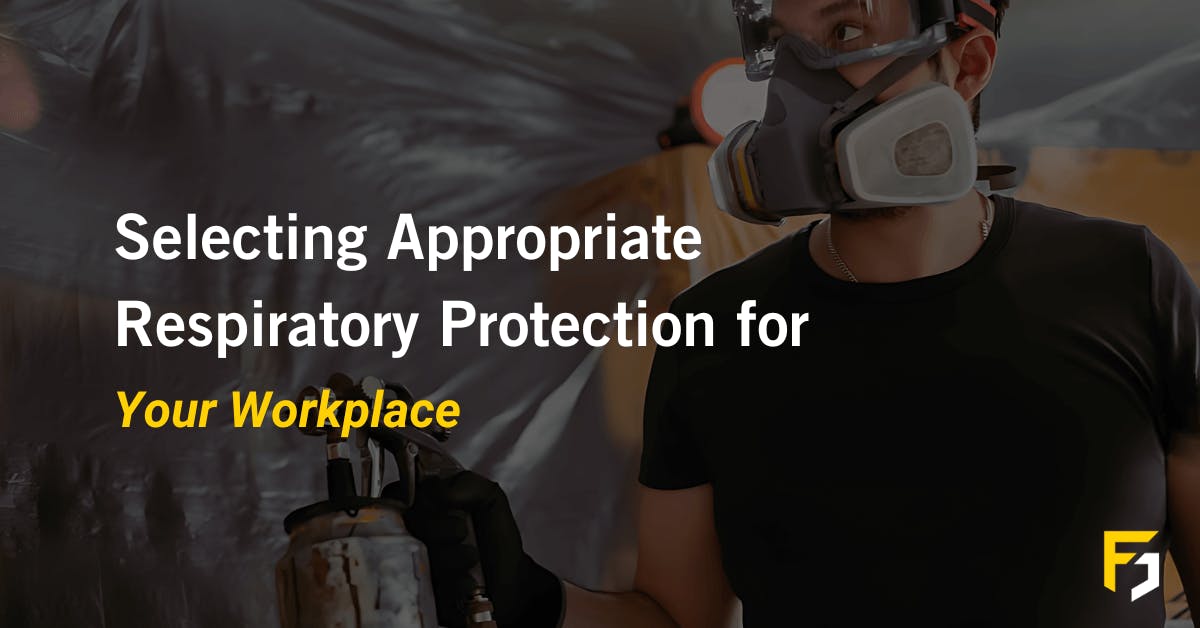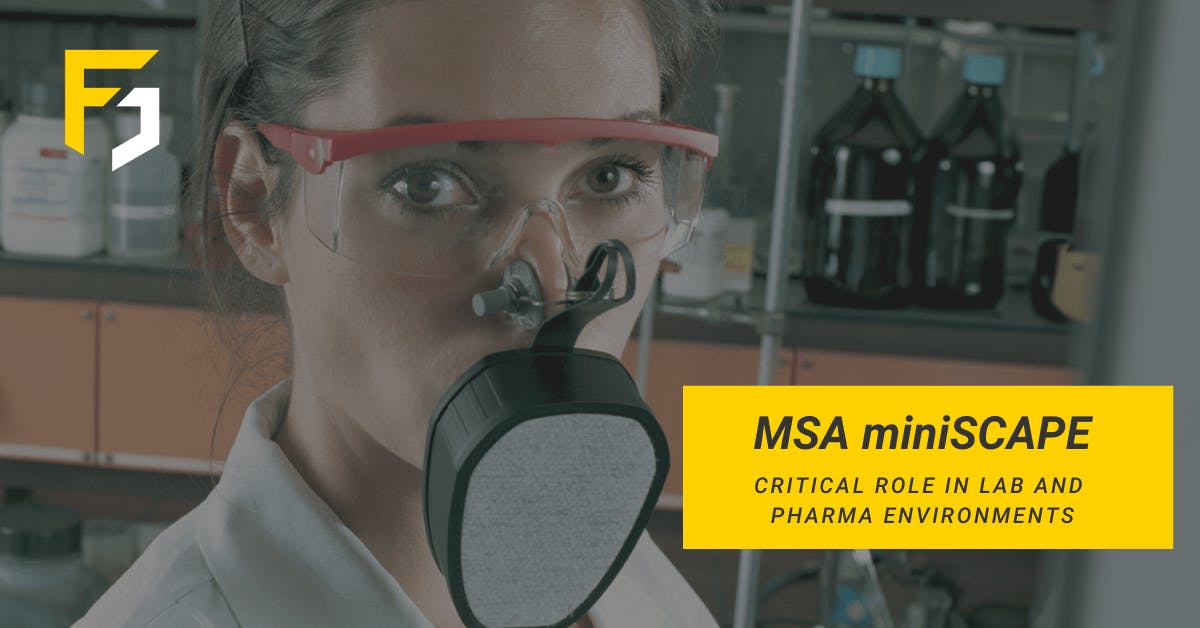
What protection do your safety goggles and glasses offer you?
How effective is your safety eyewear? Make yourself familiar with the level of protection offered by safety glasses and goggles at Frontline Safety.
A recent article released by the HSE saw a 16-year-old work experience pupil being scarred after he was splashed in the eyes and face with a dangerous chemical. This highlights the importance of the use of personal protective equipment (PPE) in the workplace.
In the case of the work experience pupil, there were a number of items of PPE available to the company which could have prevented an accident. They could have provided workers with safety goggles, chemical protective suits and also visors and face shields. A range of these products by both Drager and MSA can be purchased on the Frontline Safety website.
With regards to safety goggles and glasses, there are a number of different offerings which can suit various applications. Wearers can choose between lens colours, UV filters and lens coatings and marking to find the correct safety goggles or glasses that will suit them.
The MSA range of eyewear includes the PERSPECTA, Alternators, and Racer safety glasses as well as ChemPro safety goggles. These can be found on the Frontline Safety website in our personal protective equipment category, along with a variety of accessories. Eye protection accessories include foam inserts and cases and cleaning equipment to keep eyewear in the best condition possible.
The various lens colours offer different levels of protection and glare reduction. MSA have a choice of around 8 lens colours including clear, amber, mirror lenses, smoke, blue-purple and brown. The table above indicates the uses of the different colours of MSA lenses.
Clear and amber lenses offer no glare reduction whereas light gold mirror and blue-purple lenses offer good glare reduction. Very good glare reduction is provided with the smoke, silver/blue mirror, dark brown and rainbow mirror colours.
There is a choice of 2 UV filters when looking at MSA eye protection. The UV radiation filter allows 99.9% of UV radiation (up to 380nm) to be filtered out and is found on all lenses. The UV 400 filter offers premium protection and blocks out 100% of harmful UV light. MSA recommends that this filter be used when working in an environment that features high levels of UV radiation (between 380 and 400 nm).
 Anti-fog and hard coatings are common in some of the eye protection available on the Frontline Safety website. These can protect safety glasses or goggles from lens fogging and a distorted view or against scratching. The hard coating, in particular, is present on all MSA lenses and to ensure both sides of the lenses on the eyewear are protected, a dipping process is used.
Anti-fog and hard coatings are common in some of the eye protection available on the Frontline Safety website. These can protect safety glasses or goggles from lens fogging and a distorted view or against scratching. The hard coating, in particular, is present on all MSA lenses and to ensure both sides of the lenses on the eyewear are protected, a dipping process is used.
Safety glasses and safety goggles have different levels of protection as they have alternative fields of use. Where safety glasses may be sufficient in protecting against high-speed particles with low and medium energy impacts, the safety goggles protect against liquid droplets and splash.
Referring back to the work experience pupil, safety goggles may have been used to avoid incidents such as chemical splash. The table on the left indicates the markings and level of protection offered by safety goggles from MSA.
There are various combinations of lens colour, marking and coatings which can be chosen to find the eyewear which is right for you. The different options available are there to optimally protect people from risks such as impact, splash or UV radiation and should be taken into consideration when choosing the correct eye protection.
Purchase eye protection that is suited to your needs from the Frontline Safety website or by contacting us at [email protected].
Written by Dawn Mitchell





